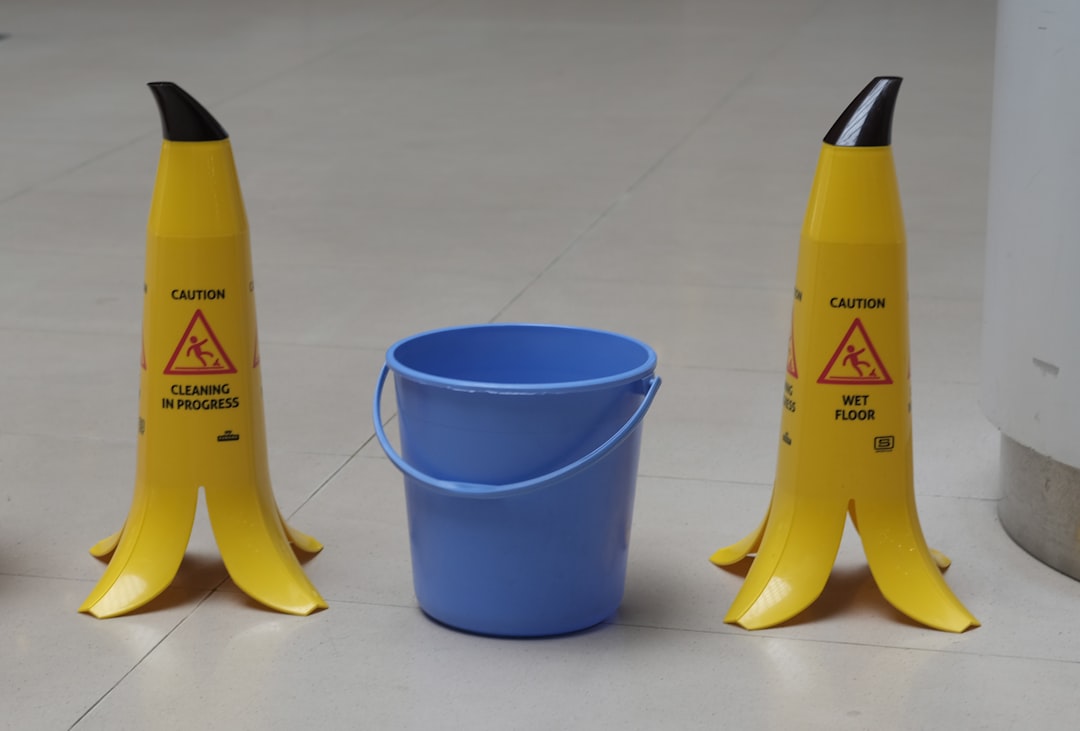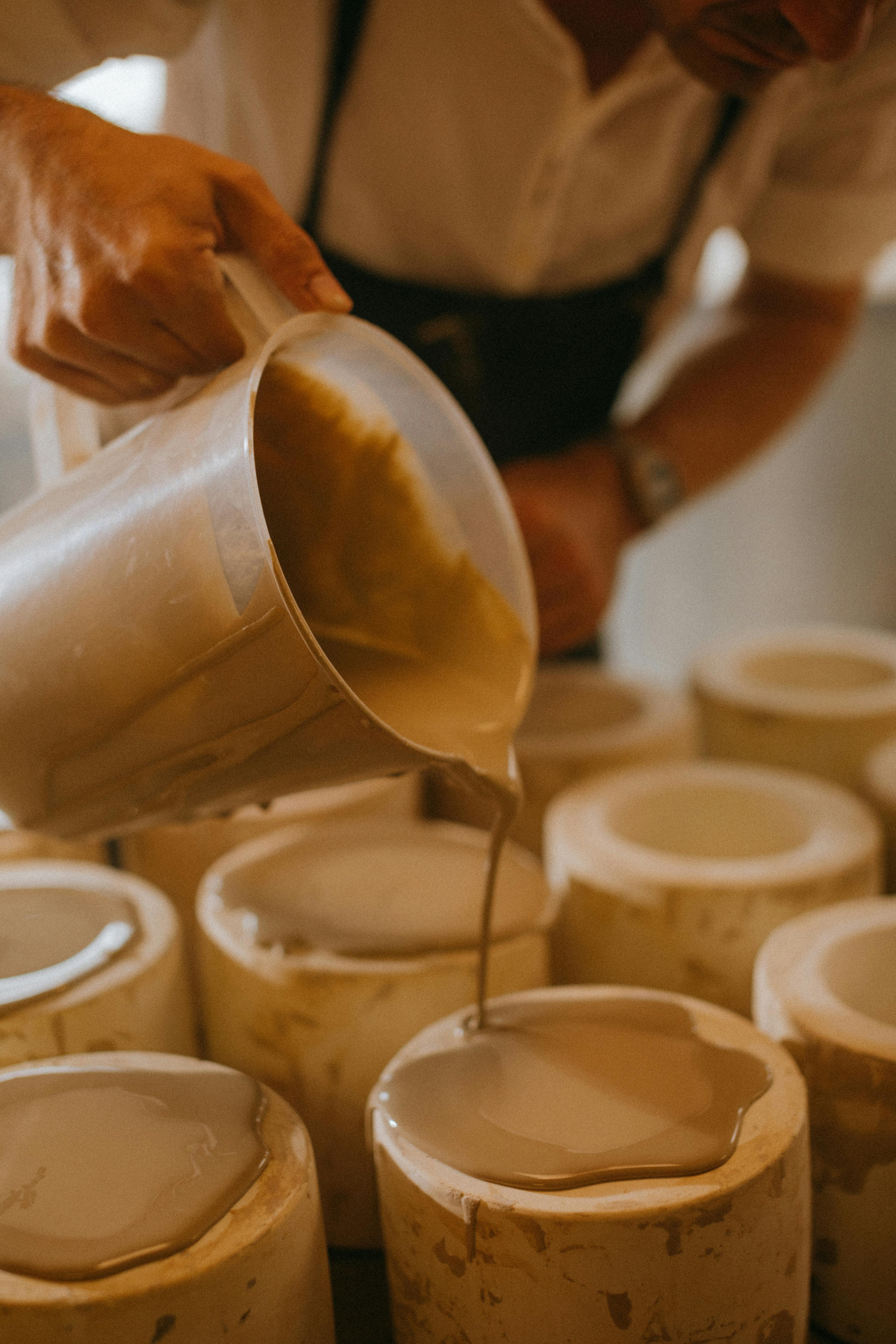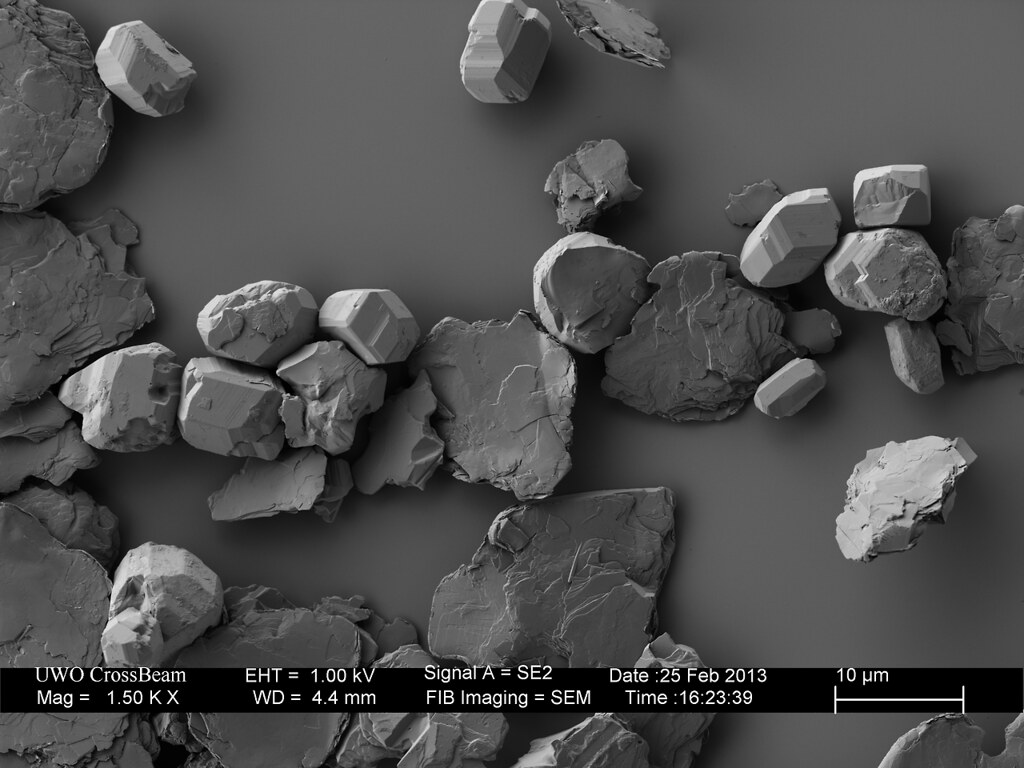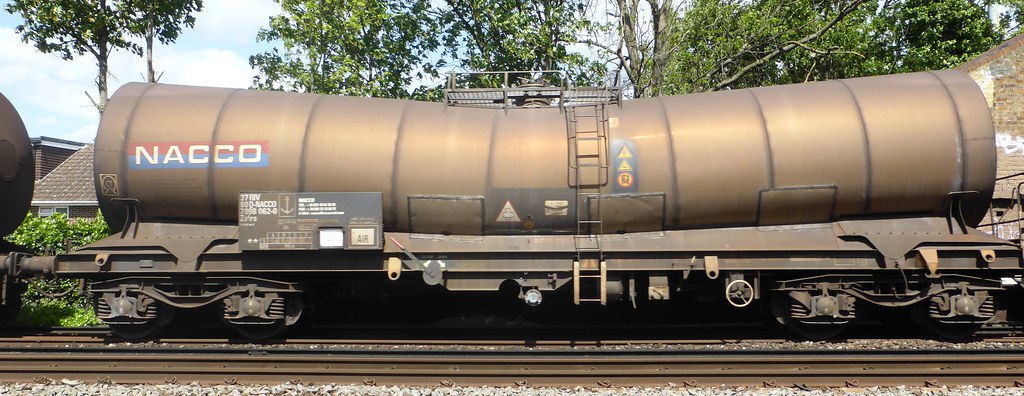Clay slurry forms the backbone of various construction and artistic applications, offering a versatile medium that combines water and finely ground clay particles. Its ability to be molded and set makes it indispensable across industries—from ceramics to civil engineering. The properties of clay slurry, including its viscosity and plasticity, can be modified to suit specific requirements, giving rise to its widespread use. Understanding the intricacies of its composition and applications can enhance both artistic creations and construction projects.

| Application | Benefits | Industries |
|---|---|---|
| Ceramics | Improved moldability and texture | Artistic and Industrial Ceramics |
| Civil Engineering | Enhanced durability and set time | Construction and Infrastructure |
| Geotechnical Projects | Stability and fluidity for underground works | Mining and Soil Stabilization |
Unleashing Creativity in Ceramics
Imagine shaping an artistic masterpiece with ease and precision. That’s the beauty of clay slurry in the ceramics industry. Its improved moldability allows artists and manufacturers alike to craft pieces with intricate details and textures that would be difficult to achieve with other materials. From delicate pottery to robust industrial ceramics, the right composition of clay slurry can transform ideas into tangible art. The key is its adaptability; artists can tweak the consistency to match their vision, creating anything from delicate, translucent porcelains to sturdier stoneware.

Building a Stronger Future in Civil Engineering
In the realm of construction, clay slurry is a secret weapon. Its unique ability to enhance durability and control set time makes it a prized resource for engineers. By adjusting the viscosity, specialists can customize the slurry to meet the specific demands of a project, whether it’s underpinning a skyscraper or ensuring the longevity of a bridge. This flexibility not only improves structural integrity but also optimizes workflow efficiency, making projects faster to implement without sacrificing safety or quality.

- Customizable viscosity for diverse construction needs
- Increased longevity of constructed structures
- Optimized workflow for quicker project completion
Advancing Geotechnical Projects
When it comes to geotechnical applications, clay slurry takes center stage. Its stability and fluidity serve essential roles in mining and soil stabilization projects. These properties allow for precise control in underground environments, preventing collapses and ensuring smoother operations. The adaptability of clay slurry to withstand varying pressures and conditions is invaluable, allowing for safer, more efficient excavation processes without compromising on safety. The ongoing innovation in this field continues to push the boundaries of what can be achieved.

Are you already envisioning how clay slurry could revolutionize your projects? Share your ideas or ask questions in the comments below—let’s explore the possibilities together! Be sure to check out our recent articles for more insights and innovations.

Clay demonstration – slabs, score & slurry, surface decoration
Clay slurry forms the backbone of various construction and artistic applications, offering a versatile medium that combines water and finely ground clay particles. To further explore its practical uses and techniques, watch Louise Bishop’s insightful demonstration on slabs, scoring, slurry, and surface decoration.
Clay slurry is truly a game-changer in both the creative and construction worlds. Its unique ability to blend seamlessly with water and clay particles allows for endless possibilities, whether you’re shaping delicate ceramics or building robust structures. The versatility and reliability of clay slurry make it a staple for professionals and enthusiasts alike.
Stay Connected
If you enjoyed exploring the wonders of clay slurry and want to keep up with more inspiring projects and tips, be sure to follow us on Instagram. We'd love to have you join our community and share in the creative journey!
